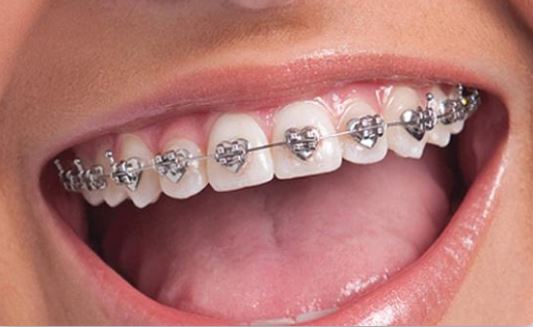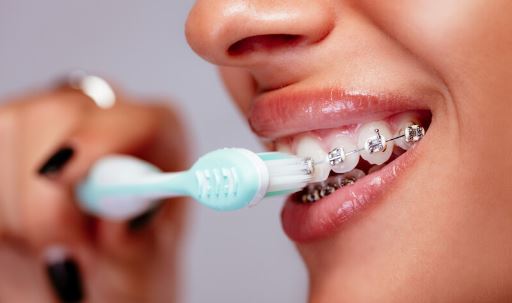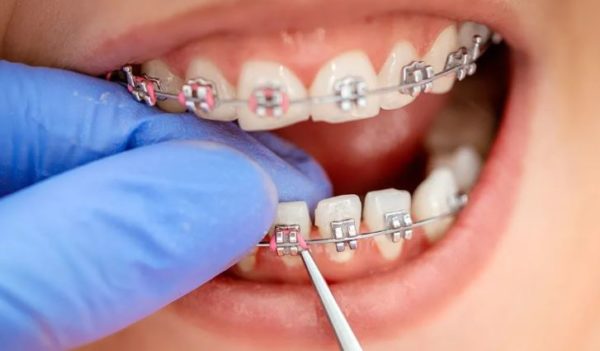Lifestyle
Here’s how to determine if you need braces

Many people associate white, even teeth with health and beauty.
If your teeth aren’t naturally straight, though, you can consider braces either for cosmetic reasons or to address medical issues.
But how do you tell whether your teeth could really benefit from braces? And what do you do if you think you need braces?
There are some simple steps you can take to figure this out. Here’s a list of them below:
1. Look for crowded or crooked teeth
These are called malocclusions. Warning signs include teeth that look as though they’re sitting sideways, teeth that overlap each other, and teeth that protrude significantly farther than the surrounding teeth. Crowding is the most common issue addressed by braces
To determine whether your teeth are crowded, you can use dental floss. If floss is very difficult to slide between teeth, your teeth may be crowded too closely together.
2. Understand how malocclusion may affect you
Teeth that are crowded or too close together may make it difficult even for dental professionals to properly clean them. The buildup of plaque on teeth can cause abnormal enamel wear, cavities, tooth decay, and gum disease.
Gum disease is one of the leading factors in the development of periodontitis, and patients with crowded teeth have a high risk of developing this disease.
3. Look for teeth that seem too far apart
Crowding isn’t the only situation that can cause problems. If you have missing teeth, proportionally small teeth, or large gaps between your teeth, this could also impair the functioning of your bite and jaw. Spacing is one of the more common issues addressed by braces.
4. Examine your bite
When you bite down, your teeth should fit together. If there is a large space between your upper and lower teeth, or if your upper or lower teeth protrude significantly past the others, you may have bite problems that need to be corrected with braces.
5. Understand how bite problems may affect you
When your bite is misaligned, your chances of having plaque and decaying food particles build up on and between teeth increase. This plaque and decaying food can lead to periodontal disease, gingivitis, dental abscesses, and even tooth loss, making brushing and cleaning very difficult and in most cases incomplete.
6. Determine whether you get food stuck in your teeth
Routinely getting food stuck in your teeth can create a haven for bacteria that can lead to gum disease and tooth decay. Braces can help eliminate gaps or pockets in between teeth that trap bacteria and food particles.
7. Smell your breath
Frequent or persistent bad breath, even after brushing and flossing your teeth, may be a sign that bacteria are being trapped between crooked or crowded teeth and also that pockets might be present, which will lead to pus in your gums.
8. Consider whether you get frequent jaw pain
If your jaw is misaligned, it may put extra stress on your temporomandibular joints, the hinges that attach your jaw to your head. If you frequently experience soreness or pain in this area, you may need braces to properly align your jaw and to correct your bite, which is causing unequal tensions in the TMJ.
9. Talk with your dentist about your teeth
While dentists do not have the specialized training that orthodontists have, they are a good place to start for advice about your teeth. A dentist may be able to help you decide if you should see an orthodontist about your teeth and jaws.









